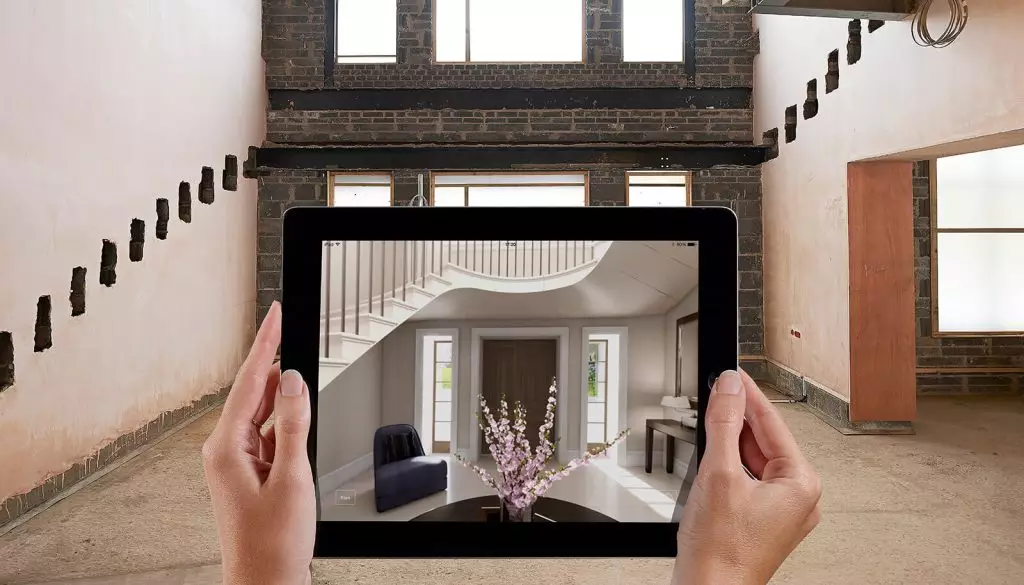
Exploring the intersection between technology and home design is a perennial challenge for residential designers and builders, particularly under COVID-19’s strict requirements for energy-efficient smart homes that support healthy lifestyles.
At ISE 2019, home technology brands will help attendees understand how to seamlessly combine hardware and aesthetics. They’ll demonstrate a range of solutions such as lighting management systems and audio/visual control.
Smart Homes
Smart home technology enables the integration of computing into daily life in an aesthetic, intuitive, and ecologically sustainable manner. For instance, light bulbs with timers can automatically switch off when a room is unoccupied while energy monitoring apps and tools help lower energy usage.
As part of smart homes, appliances like refrigerators, washers and dryers, televisions and speakers can all communicate with each other and be controlled through a central hub, like Amazon Alexa, Apple HomeKit or Google Home. Many devices also incorporate security capabilities like motion tracking, video calling and doorbells which display live video feeds of who is at the door.
People’s lives often prove more complex than anticipated, and technology may not always be used according to its intended use. Therefore, tailored solutions must be created that address individual user requirements and circumstances.
Smart Lighting
Smart lighting allows users to manage their lights remotely using an app or voice assistant, allowing for remote activation, dimming, flashing, colour changes or ‘glows’ of specific colours (depending on system).
Technology such as this is an excellent way to both add ambience and enhance home security. Lights can be programmed to turn on and off at specific times according to your schedule, creating the illusion that someone is always home – which may help deter burglars while giving your home an lived-in feel even when you’re away!
Heather Ball, an interior designer specializing in affordable projects without full home automation, often includes smart lighting as part of more cost-cutting initiatives. “Our clients appreciate being able to switch on/off their lights from their phone, Alexa or by voice control,” says Heather. She further noted that being able to change lighting colour was also popular with her clientele. Additionally, smart lighting devices can be integrated with alarms, doorbells or geofencing alarms for enhanced security – lighting turns on when approaching the home, then turns off when leaving again when leaving!
Smart Appliances
When thinking of smart tech for the home, many may imagine devices such as kitchen appliances that automatically make coffee at predetermined times or washers that notify them when their load has finished – however these types of devices only represent part of what smart technology offers to both homes and apartments.
Smart appliances can be controlled remotely through voice command or smartphone app control, monitoring their own consumption to reduce energy use. They can adjust run times according to personal schedules or take advantage of off-peak rates or solar power maximization for maximum savings.
Maintenance alerts and text message notifications from ThinQ devices such as an LG OLED TV or smartwatch make it easier to avoid forgetting to turn off lights or turning the oven off unintentionally.
Smart Technology
As technology becomes more advanced, its applications in smart homes increase. From saving energy to detecting potential water leaks early, these devices offer users more convenience and safety in their living environments.
Smart technologies can also be used to customize the home environment. For instance, users can program their garage door opener to open and play their favorite music upon entry home; additionally they can set their thermostat for maximum energy savings.
Utilisation of smart homes technologies will require research that places an emphasis on user needs. Current studies of intelligent housing rely on information gathering and automated support without taking into account all those living within domestic environments (Ricquebourg & Jones 2012). Furthermore, current intelligent housing studies do not take into account dynamic aspects of daily life which hinder providing solutions tailored specifically for individual living circumstances.






